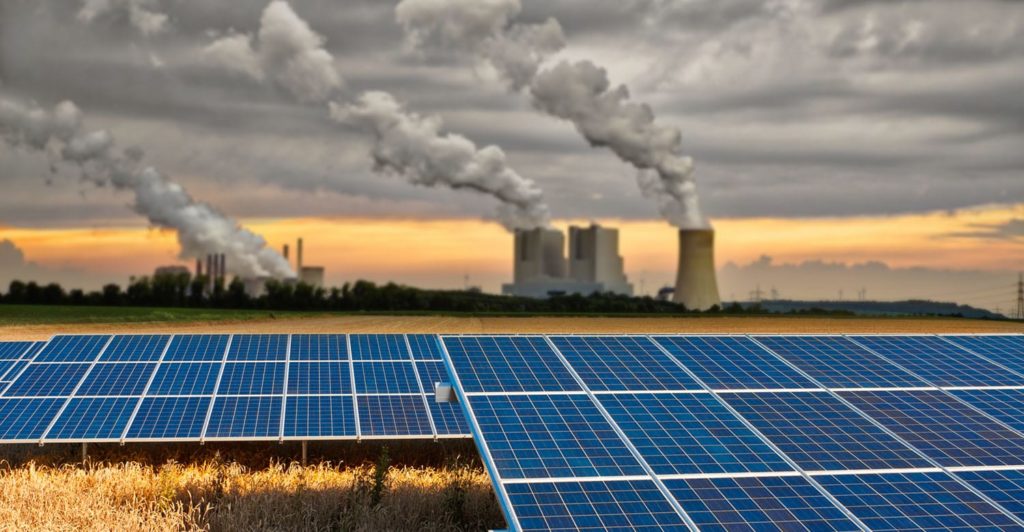By now you may have heard the news, the Coronavirus pandemic has had a huge impact on the energy markets. Renewable technologies including solar and wind power are big winners. The biggest loser is the dirtiest power source: Coal is in steep decline, it has been declining for years, but the Coronavirus pandemic has greatly accelerated coal’s demise.

The US is expected to generate more energy from renewable sources than coal for the first time
The coal industry’s decline has accelerated over the past three years, despite efforts to revive it. Those efforts to revive the coal industry have centered on weakening anti-pollution regulations and also include a tariff on solar panels imposed by the current administration.
But those efforts weren’t enough. The price of solar has been dropping rapidly. That drop has enabled the solar industry to mostly absorb the tariffs instead of passing them on to customers. As a result, energy companies have been retiring coal plants at a rapid pace, often retiring individual power plants years before the end of their expected service life.
How the coronavirus has affected power production and usage
The onslaught of the Coronavirus pandemic caused many state governments to order their residents to stay home as much as possible to slow the spread of the virus. As a result, many factories, retailers, restaurants, and office buildings have shut down or reduced the services they can provide. That has resulted in power companies cutting back on their most expensive form of power production, which is coal. According to Jim Johnson, a coal analyst with IHS Markit, “The outbreak has put all the pressures facing the coal industry on steroids.”
Coal’s decline is having a huge impact on carbon emissions
The decline in coal usage is expected to have a huge impact on carbon emissions, one that surpasses the carbon reductions caused by people driving less. Declining coal usage has cut US carbon emissions by 15 percent since 2005. This year alone, the US Energy Information Administration expects the decline in coal usage to fall by an additional 11 percent!
Utilities turning to wind, solar, and grid-scale storage
According to Daniel Cohan, an associate professor of civil and environmental engineering at Rice University, the energy grid is changing rapidly.
“A decade ago, I was teaching my students that coal was the ‘baseload’ source that runs all the time, and solar was something you might sprinkle in if you want to pay more. Now coal’s been pushed to the margins and it’s wind and solar that are the cheapest options”
The only shortcoming to wind and solar power is that they are intermittent power sources. But states including Nevada and California are overcoming that limitation by installing massive grid-scale battery storage systems. Even with the added cost of battery storage, wind and solar power are still cheaper to build and operate than the cost of operating an existing coal plant. The Coronavirus pandemic just might be the beginning of the end of coal-fired power plants.
